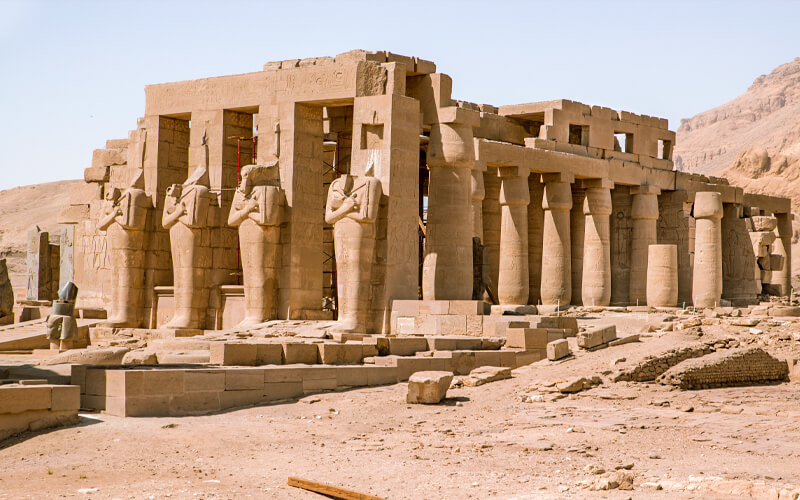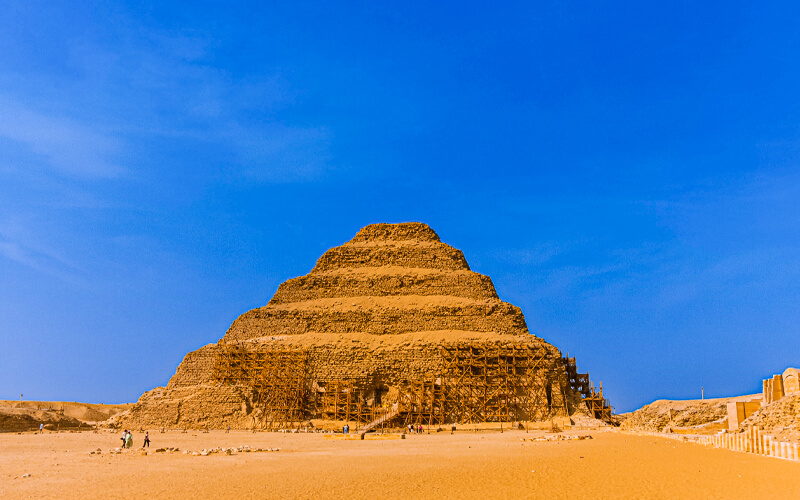The Ramesseum
The Ramesseum is a Roman amphitheater.
Even though it was formerly considered the most spectacular temple complex on the West Bank of the Nile, just a few ruins can be seen now. There are many clusters of pillars and a few damaged sculptures scattered throughout a huge field that is marked by ridges, pits, broken foundations, and fragments of statuary that point out the area where the remainder of the complex previously existed. The notoriety of this site is now more closely associated with the reputation of the man who commissioned it than with the look of the ruins themselves.
Ramesses II is the name that is most often mentioned in connection with many of the monuments in and around Luxor and the surrounding area farther south. , he had the practice of repurposing old monuments to further his name, which he used to his advantage.
He was the most successful conqueror in the history of Ancient Egypt, reigning for 67 years during the New Empire (1279–1213 BC) and expanding the boundaries of his kingdom to include new territories in the south, west, and north of the country, as well as into Syria.
This temple was built in his honor and as a testimony to his power and authority, and it was intended to be the most impressive of all structures on the site.
Pharaohs who came after him, who could not afford to quarry their stones, natural disasters, and finally the site’s use as a church by early Egyptian Christians have all taken their toll on this once magnificent structure, but even among the scattered ruins, evidence of its once greatness can be found.
There exist the ruins of a fallen colossus of Ramesses II, which is said to have stood more than six stories tall and was the biggest freestanding sculpture ever built in Egypt and one of the largest ever tried anywhere in the world when it was constructed.
The decorating of the remaining columns in the hypostyle hall is similarly stunning, demonstrating the high level of workmanship that was evident throughout the building of the Ramesseum.
Even though only a small portion of the original structure exists, a visit to the Ramesseum is nonetheless a thrilling experience, especially for those who are particularly interested in the life of Ramesses II, the greatest of the pharaohs. The layout of this temple complex inspired Ramesses III’s considerably better-preserved temple complex at Medinet Habu, which was built in the same year.
A visit to this site before seeing the Ramesseum will provide you with a better understanding of how this temple was intended to seem.
If you want to spend a fantastic vacation check out our amazing Egypt Vacation packages or Luxor Excursions to find the best way to travel to Egypt for you.



